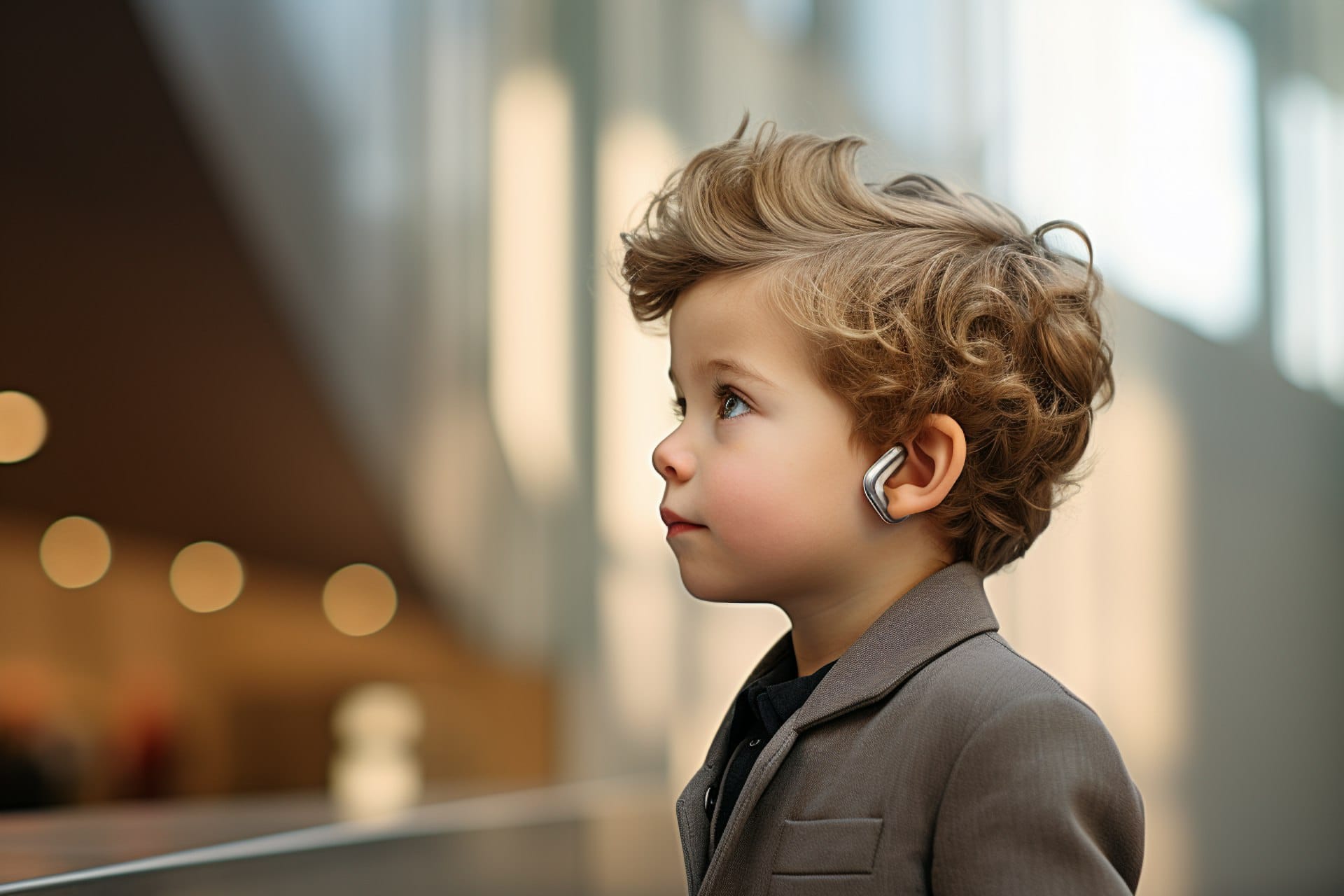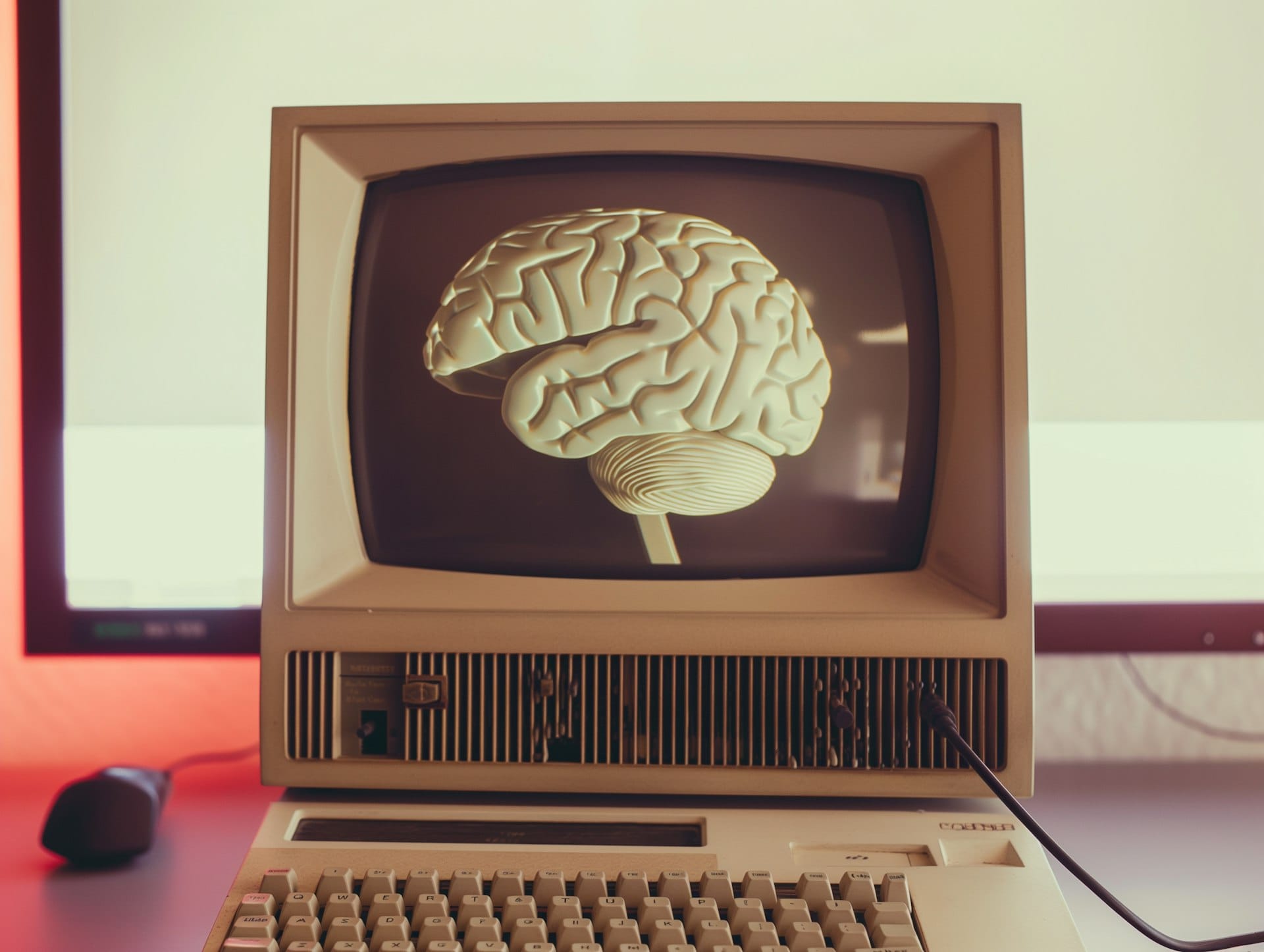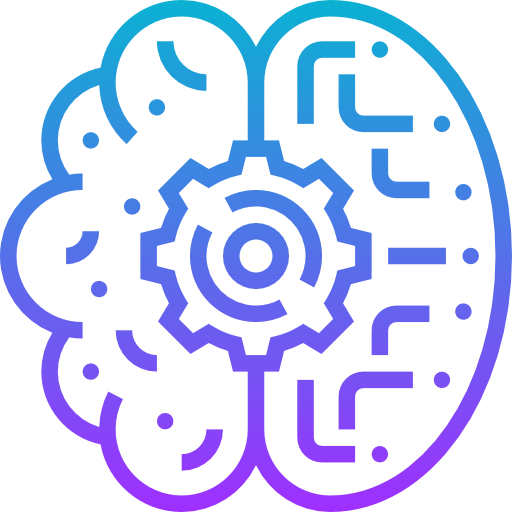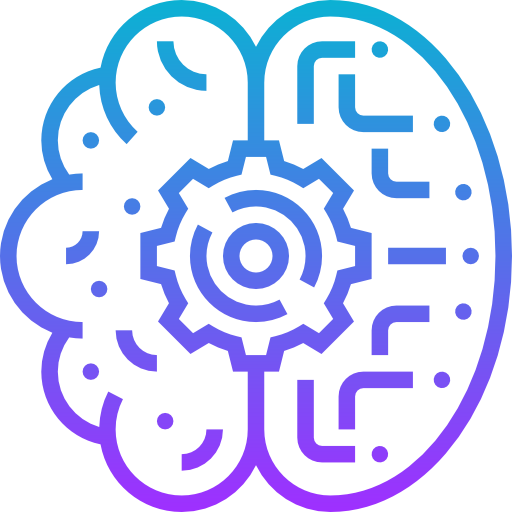The Only Way to Get the Right Diagnosis with AI: You Have to Be a Doctor!
Table of Content
As a medical doctor, software developer, and avid AI user, I’ve seen firsthand both the promise and peril of using AI in healthcare. The reality? AI is an incredible tool, but if you think it can replace a doctor for a diagnosis, you’re missing the bigger picture.
Getting the right diagnosis still requires a trained professional who can interpret symptoms, recognize signs, and connect the dots in ways that AI simply can’t.
What Medical Education Taught Me That AI Never Will
During medical school, I spent years learning about the human body—anatomy, physiology, pathology, histology, biochemist, and clinical reasoning. That’s the foundation of what makes a doctor more than a technician.
As doctors, we are trained to spot subtle differences between symptoms (what a patient feels) and signs (what a doctor observes).
AI, on the other hand, can only process data it’s given. It doesn’t see cyanosis (blue lips) or even notice that a patient’s posture indicates severe pain (Even Though, I worked on an experiment for this).
For example, a patient’s complaint of chest pain might sound like indigestion to an untrained ear.
AI could pull a list of conditions that match "chest pain" but would never detect a doctor’s concern when observing pale skin, sweating, and rapid breathing—key signs of a heart attack.

Why Differential Diagnosis Needs a Human Touch
As a developer and data-engineer, I’ve worked on AI systems that analyze massive datasets to help identify diseases. These tools are helpful, but they don’t understand the art of differential diagnosis—the method doctors use to systematically rule out potential causes.
It’s not just plugging symptoms into an algorithm; it’s about connecting dots that AI can’t see.
A real-world example: A headache could be stress, a migraine, or something as serious as a brain tumor. AI might prioritize common conditions but miss rare, life-threatening ones without a doctor’s insight.

Patients Confuse Symptoms, AI Can Make It Even Worse
I’ve seen countless patients misinterpret their own symptoms. They think their fatigue is anemia when it’s really sleep apnea. Or they’re convinced they’re having a heart attack when it’s actually a panic attack. AI-powered self-diagnosis tools often compound this confusion by providing vague or overly broad results.
Take the example from "Why AI Self-Diagnosis is Dangerous": A patient inputs "shortness of breath." AI might list asthma or heart failure but wouldn’t notice physical signs like swollen legs or jugular vein distension that point to a specific diagnosis.
Only a doctor can integrate these critical observations into the diagnostic process.
The Limitations of AI: It Doesn’t See What I See
Unlike a doctor, AI doesn’t observe. It doesn’t catch the slight tremor in a hand, the pallor of the skin, or the sound of a patient’s breathing. These are signs—vital clues in a diagnosis—that only a trained eye can catch. As noted in "Will AI Decrease Human Error?", AI reduces computational mistakes but creates new risks if used without human oversight.
One of the greatest risks? Blind spots. AI can’t understand context. It doesn’t consider a patient’s medical history, social determinants of health, or even nonverbal cues like anxiety in a patient’s voice. Unless inserted to the AI, but I rarely see somehow insert his all medical and family history to an AI prompt with full case symptoms and signs so far.
Lessons as an AI User and Developer
As someone who integrates AI into medical and business applications, I’ve learned that its greatest strength is as an assistant, not a decision-maker.
AI shines when analyzing large amounts of data or flagging patterns that might take a human much longer to notice.
But as a doctor, I know it can’t replace the human ability to synthesize complex, multifaceted information, for now at least.
Recommendations for Safer AI Use in Healthcare
- AI is a Tool, Not a Replacement: Use AI to enhance, not replace, clinical judgment. It’s a powerful assistant but still requires a human expert.
- Educate Patients: Patients need to know that AI is not a substitute for a doctor. Awareness campaigns can help dispel the myth of AI’s infallibility.
- Integrate AI into Medical Training: Doctors should learn how to use AI tools effectively while maintaining their diagnostic skills.
- Regulate AI Systems: Developers and regulators must ensure AI tools are accurate, ethical, and transparent.
Final Thoughts: Trust the Human First
AI is a fantastic innovation, but it’s not magic. It’s a tool, and like any tool, its effectiveness depends on who’s using it. As a doctor, I trust my training, experience, and intuition. As a developer, I trust AI to process data quickly and efficiently. Together, these elements make healthcare smarter and safer.
But when it comes to diagnosis, remember this: AI doesn’t see what I see. It doesn’t feel the weight of a stethoscope against a patient’s chest or notice the worry in their eyes. For your health, always trust the human touch first.












